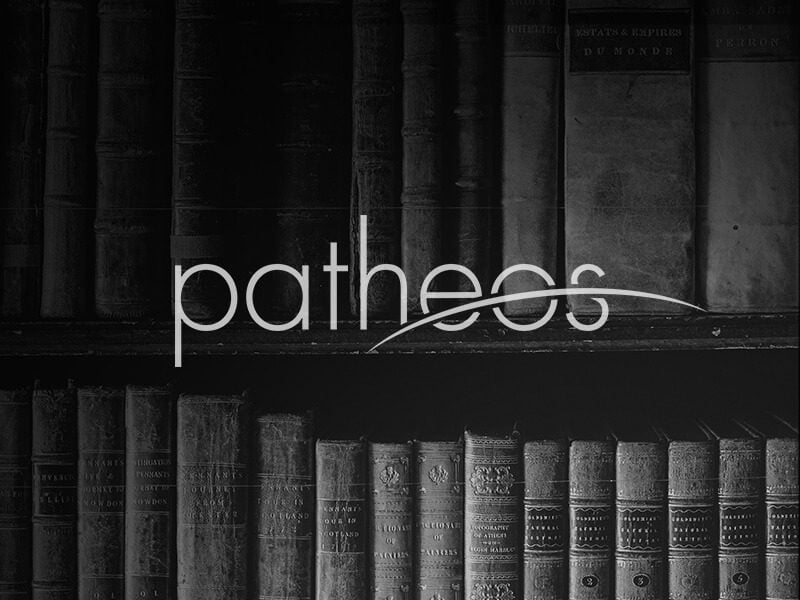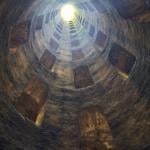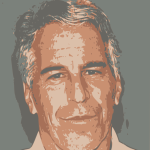Conrad Rudolph’s The Mystic Ark is the product of impressive scholarship. Its focus is on the image of the mystic ark, a complex cosmic portrait showing “the Majesty” (looking like Jesus) enthroned, flanked by angels, holding a large disk, inscribed with a square turned sideways like a diamond. Inside the square is a diagram of Noah’s ark seen from above. Within the ark diagram the artist has depicted the six days of creation, a map of the world, the ages of... Read more















